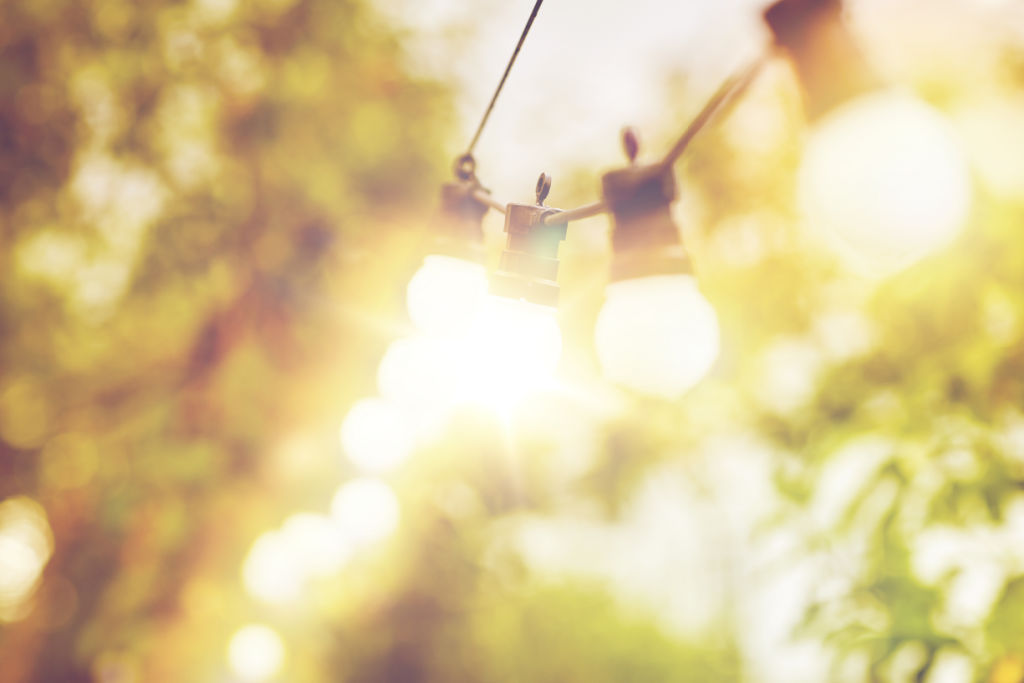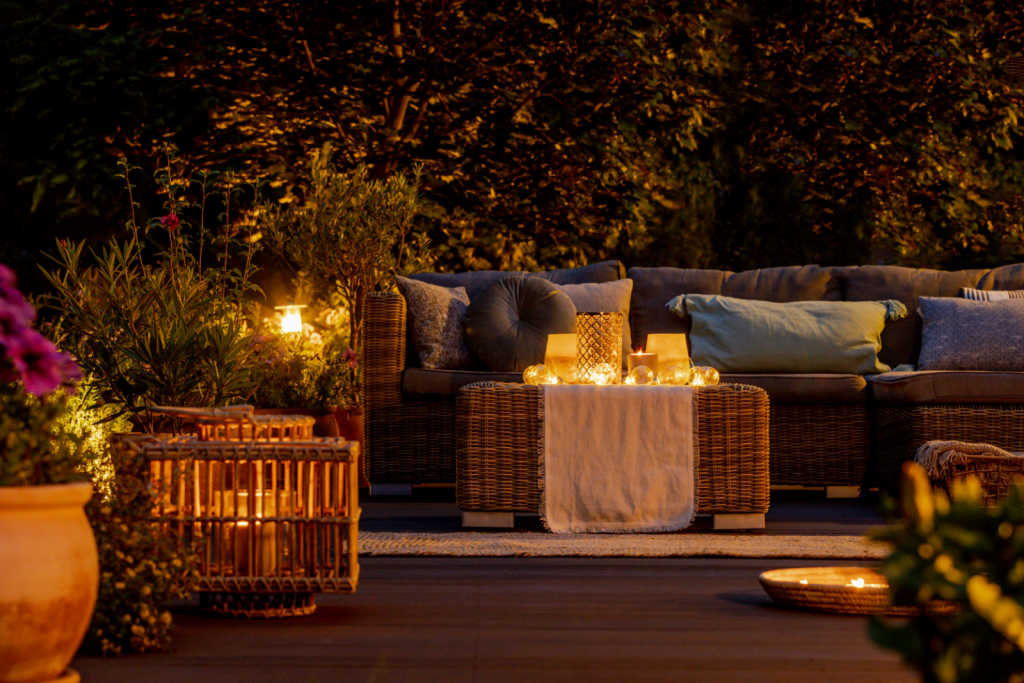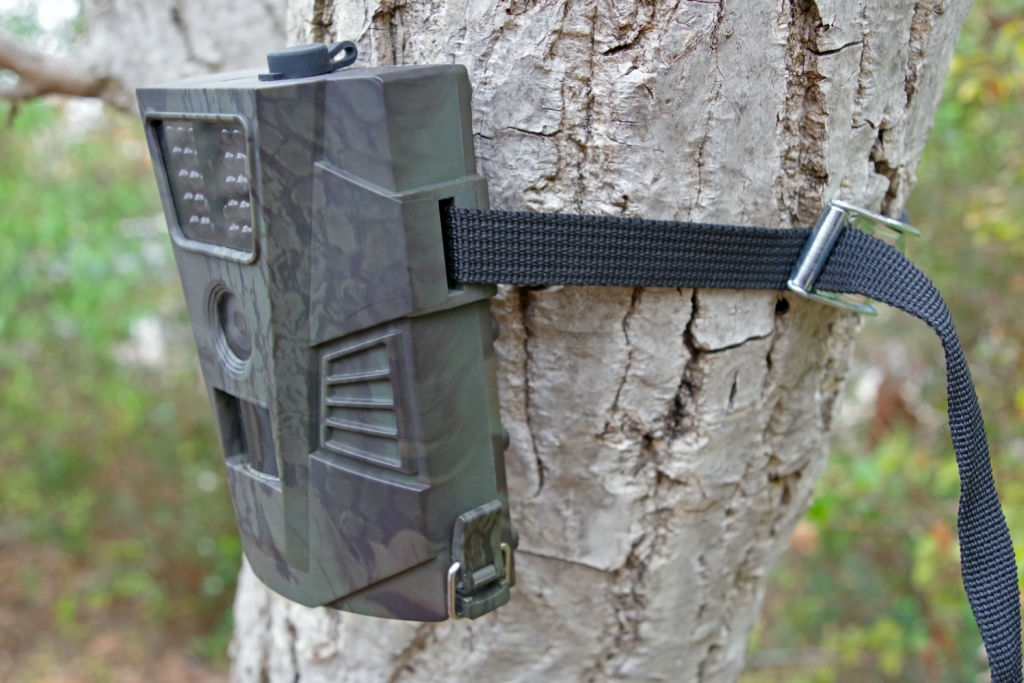Outdoor lighting is an important part of any garden, no matter how large or small. Whether you have a tiny urban lot or an expansive acreage, a well-lit space will help bring the outdoors in and make it seem more inviting. If you’ve got an open yard with lots of natural light, then you’ll probably love that there’s so much opportunity to display beautiful plants and flowers. If on the other hand your yard lacks natural daylight and you want to create more of a cozy atmosphere for enjoying tea with friends or reading by the fire, then lighting can be quite helpful. Outdoor lighting for gardens is easy to incorporate and changes very little with time as an additional light source is always needed as opposed to changing electrical fixtures indoors as well as out. That being said, not all garden lighting is created equal; some types are better than others when it comes to conserving energy, enhancing visual appeal, and creating safer conditions for people and pets at night. Here we present insights into different types of outdoor lighting, their benefits, and potential drawbacks depending on your situation.
Lighting Basics: What You Need to Know Before You Shop
There are many different types of outdoor lighting and each one has its own unique characteristics. Before you start your search, it’s important to know what you need and what’s on offer. Lighting Basics First, understand the difference between permanent and temporary outdoor lights. Permanent lights are those that remain in place; these are most often used for pathway lighting, driveway lighting or streetlights. Temporary lights are those that are not fixed. They can be used for outdoor events such as weddings or holiday parties or can simply be used when there is a need to temporarily light up an area when no electrical wiring exists. Temporary lights come in all forms from solar-powered LED lanterns to light-up plastic arches or even a simple string of coloured lights around a tree trunk or other object. Next up is understanding the differences between types of fixtures: spotlights, floodlights, security lights and spotlights. Spotlights are mounted at a single point in an open space so that they illuminate the area directly in front of them. Floodlights have their light spread out over a wide area but pointed downward so that they illuminate anything below them while security lights have their light focused on one specific point like an office door or garden gate while spotlights typically serve multiple purposes but are not limited to illumination at once as floodlights do. Spotlight fixtures may not be appropriate if you’re looking for something more directed like security or spotlights because they don’t provide diffusion so you won’t get the effect

What are the Best Types of Outdoor Lighting for Gardens?
There’s a lot of variety in outdoor lighting from simple string lights to colourful LED signs. Below are some of the most common types that you might come across, along with their benefits and drawbacks.
1) Garden Lights These are the simplest type of outdoor lighting, consisting of a light set on a pole or stake that hangs down over your garden. Depending on how long the cord is, these lights can cover quite a large area. They’re great for helping to create an atmosphere indoors and out, and they’re also good for conserving energy. However, they require a lot of upkeep as they can easily get tangled up in plants and shrubbery if not clipped carefully to prevent this.
2) String Lights are ideal for smaller gardens because they don’t take up much space – only an electric cord and bulb need to be installed as opposed to something like a patio light which needs wiring before it can be used. Although these lights will use less energy than something like floodlights or spotlights, they won’t necessarily give off more illumination per watt than other fixtures due to their limited bulbs (typically just one). They’re also more likely to get tangled up in plants and shrubbery if left exposed, so it’s best for them to be hung up high out of reach from vegetation.
3) Spotlights Spotlights are perfect for illuminating large areas such as patios and decks, but because they’re often tall enough that you can’t see what’s

Concrete Path Lighting
The most common type of outdoor lighting is the concrete path. This type of light is versatile, affordable, and easy to install. It can be used in a variety of different ways, such as outlining pathways for safety or illuminating the edges of flower beds for better viewing. This light source is available in a variety of shapes and sizes; it’s important to note their specifications before purchasing. The size and shape will depend on how much space you need to cover and if you want to create a specific look. Concrete path lighting can be installed from the ground up, which makes installation quick and hassle-free; this is perfect for gardeners with limited time on their hands.

Decorative Garden Lighting
This type of garden lighting is designed primarily to enhance the look of your garden. It may also be used to highlight plants, flowers or structures and can be used in combination with other types of outdoor lighting. You might want to use it as an accent or highlight a particular feature in the design of your garden. Decorative lights can come in all shapes and sizes, but the most common ones are spotlights, wall-mounted lanterns, hanging lamps and floating lamps. All decorative lights produce light and generally come with different features such as on/off switches and timers. Some people prefer decorative lighting because it’s easy to install and will be more durable than a purely functional light source like a spotlight that would need new bulbs often. Some people also like this type of light because they can be aimed so they only shine where you need light – for instance, on a path or flowers. But decorative lights are not always energy efficient; some have bulbs that use more electricity than others which makes them less environmentally friendly than spotlights or wall-mounted lanterns which may have a lower wattage but use energy more efficiently.

Shady Decks and Patios
A shady patio or deck can be a great place to relax and enjoy the outdoors, but it’s important to light that area well so you can see what you are doing. This is especially true if you have pets who may not be used to being outside. Shady Decks: If your deck or patio is adjacent to a house or garage, then a wall-mounted lighting fixture will work perfectly. It will give you ample light while also giving your home’s exterior some extra illumination so passersby can see it better at night. Plus, the lights will make your deck seem more inviting by providing a warm glow and making it easier to see the plants and flowers on your deck. Patio: A patio that is situated in an area with scant daylight can be lit up with some strategically-placed exterior lighting fixtures such as pendant lights or lanterns. Though these types of lights don’t offer as much illumination as wall-mounted fixtures, they are perfect for small patios that need just enough light in order to function properly. You may also want to consider using multiple fixtures around the perimeter of the patio so that people walking by can see where they are going without tripping over any low-hanging branches or shrubs.

Outdoor Lights with Motion Detecting Safety Features
Motion-detecting lights are a great choice for garden lighting. They can be installed on posts or walls and will only come on when there is an activity of some sort. This helps conserve energy by not illuminating the area unnecessarily and ensures that your plants, flowers or other fixtures aren’t damaged during the night. Additionally, motion-detecting lights can be especially useful for those with dogs as these will automatically come on when an animal comes near and then shut off again once it leaves. Some drawbacks to motion-detecting outdoor lights are that they won’t illuminate the area if there is no movement such as on a windy day or foggy weather, and they may also be more expensive than other types of outdoor light.

Wrapping Up
It’s important to take a few moments and think about what kind of lighting is right for your garden. Depending on the size, shape and style, there are many different types of outdoor lighting that will work well in any garden.
